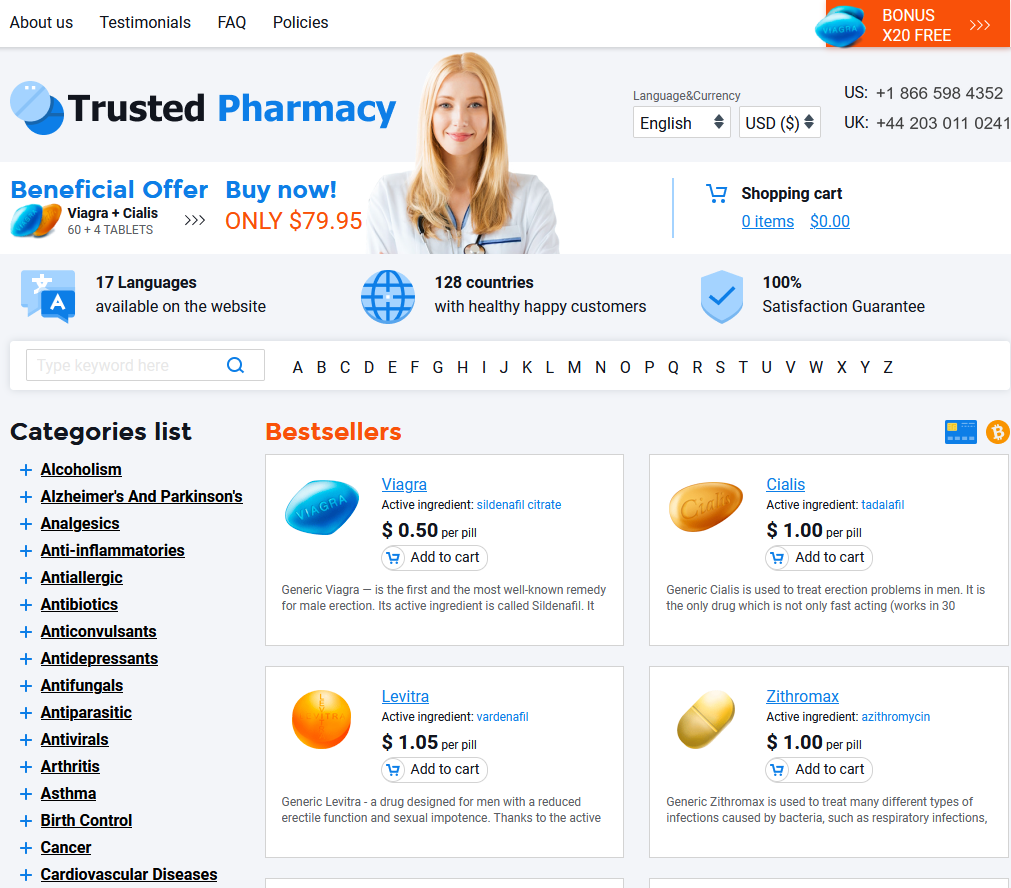The Basics of Rosacea and Doxycycline Treatment
Rosacea is a chronic skin condition characterized by facial redness, visible blood vessels, and bumps or pimples. It often affects the central part of the face, including the cheeks, nose, and forehead. While the exact cause of rosacea is unknown, factors like genetics, blood vessel abnormalities, and inflammation play a role in its development. Doxycycline, a type of antibiotic, is commonly prescribed to manage the symptoms of rosacea by reducing inflammation and preventing flare-ups. This medication is available in oral form and is typically taken once or twice daily to control the condition.
| Common Rosacea Symptoms | |-------------------------| | Facial redness | | Visible blood vessels | | Pimples and bumps |
Understanding How Doxycycline Works for Rosacea

Studies have shown that Doxycycline is a commonly prescribed antibiotic for managing rosacea symptoms. By inhibiting the production of inflammatory mediators and effectively targeting the bacteria associated with the condition, doxycycline helps reduce redness, swelling, and the formation of acne-like lesions on the skin. Its anti-inflammatory properties play a crucial role in controlling the symptoms of rosacea and promoting overall skin health. Additionally, doxycycline can help improve skin texture and minimize the occurrence of flare-ups by maintaining a balanced environment on the skin's surface.
Moreover, doxycycline works by targeting the overactive immune response in the skin, which is a key factor in the development of rosacea symptoms. This antibiotic not only reduces the inflammatory process but also helps regulate the production of sebum, the skin's natural oil. By addressing these underlying factors, doxycycline can effectively manage rosacea symptoms and improve the overall appearance of the skin. It is essential to follow the prescribed dosage and treatment duration to achieve optimal results while minimizing the risk of antibiotic resistance and potential side effects.
In conclusion, understanding how doxycycline works for rosacea is crucial in determining its effectiveness as a treatment option. By targeting both the inflammatory and bacterial components of the condition, doxycycline provides a comprehensive approach to managing rosacea symptoms and promoting skin health. Consulting with a healthcare provider to discuss the benefits and potential risks of using doxycycline can help individuals make informed decisions about their rosacea treatment plan. Additionally, incorporating proper skincare practices and following the prescribed treatment regimen can enhance the effectiveness of doxycycline in improving rosacea symptoms and overall skin condition.
Potential Side Effects and Precautions to Consider
Potential side effects include gastrointestinal issues such as nausea, vomiting, or diarrhea. It is essential to take doxycycline with a full glass of water to prevent irritation of the esophagus. Precautions to consider involve avoiding prolonged exposure to sunlight as doxycycline can increase sensitivity to UV rays. Additionally, this medication may interact with certain drugs like antacids or supplements containing calcium, magnesium, or iron, affecting its absorption. Regular monitoring by a healthcare professional can help in managing any adverse reactions and ensuring the effectiveness of the treatment.
Doxycycline Treatment Duration and Effectiveness

Doxycycline treatment for rosacea typically lasts between 6 to 12 weeks, with noticeable improvements in skin redness and inflammation. Patients may begin to see positive results after a few weeks of consistent use. It is important to follow the prescribed treatment plan diligently to maximize effectiveness and minimize the risk of relapse. Regular follow-ups with the healthcare provider are crucial to monitor progress and make any necessary adjustments to the treatment regimen. Additionally, incorporating a gentle skincare routine and sun protection can further enhance the benefits of doxycycline therapy.
Comparing Doxycycline with Other Rosacea Treatments
Doxycycline is a commonly prescribed medication for rosacea, but it's important to understand how it compares to other treatment options available. When comparing Doxycycline with alternative rosacea treatments, healthcare providers consider factors such as efficacy, side effects, treatment duration, and cost. Some other medications used for rosacea include topical treatments like metronidazole and azelaic acid, as well as oral medications such as isotretinoin and tetracycline. Each of these treatments may have different mechanisms of action and potential side effects compared to doxycycline, making it crucial for patients to discuss with their healthcare provider to determine the most suitable option for their specific needs.
---
| Treatment Option | Mechanism of Action | Common Side Effects |
|---|---|---|
| Doxycycline | Inhibits bacterial protein synthesis | Nausea, abdominal pain, photosensitivity |
| Metronidazole (Topical) | Anti-inflammatory and antimicrobial effects | Skin irritation, metallic taste |
| Isotretinoin | Reduces sebum production and inflammation | Dry skin, potential birth defects |
| Azelaic Acid (Topical) | Antimicrobial and anti-inflammatory properties | Skin irritation, itching |
Tips for Optimal Results and Skin Care Practices
Tips for Optimal Results and Skin Care Practices:
Proper skin care is essential when undergoing any rosacea treatment to enhance its effectiveness. Firstly, **ensure** to use **gentle** cleansers and moisturizers suitable for sensitive skin to avoid **irritation**. **Additionally**, always apply a broad-spectrum **sunscreen** with at least SPF 30 daily to protect your skin from **further** damage and **exacerbation** of rosacea symptoms. Lastly, **consider** incorporating anti-inflammatory ingredients like green tea or niacinamide into your skincare routine to **help** soothe redness and **reduce** inflammation.
By following these skincare tips in conjunction with your doxycycline treatment, you can **optimize** your results and **promote** healthier skin in the long run. Remember, consistency **is key** in managing rosacea effectively, so **adhere** to your prescribed **regimen** diligently. If you have any **concerns** or questions about your skincare routine or doxycycline treatment, don't hesitate to consult your dermatologist **for guidance**.
Ensuring proper skin care practices and **routine** maintenance can **significantly** improve the outcomes of your doxycycline treatment for rosacea. **Take** care of your **skin**, protect it from **environmental** factors, and **follow** your treatment plan consistently to **achieve** the best results in managing **this** skin condition.

